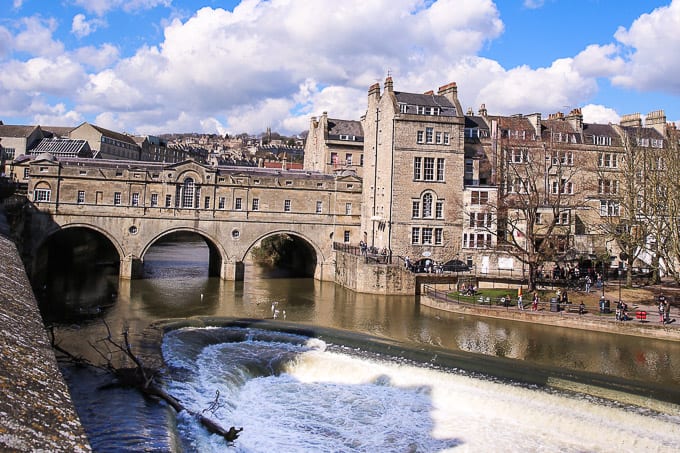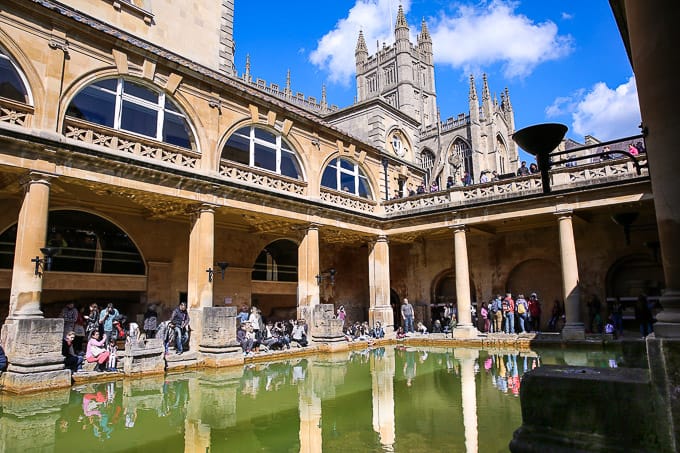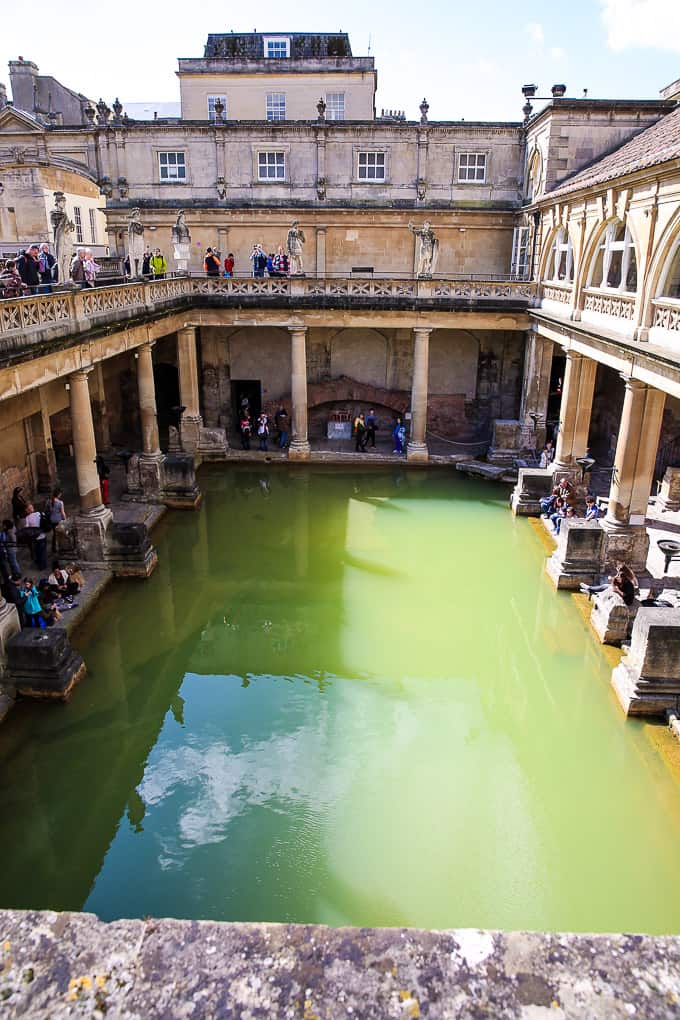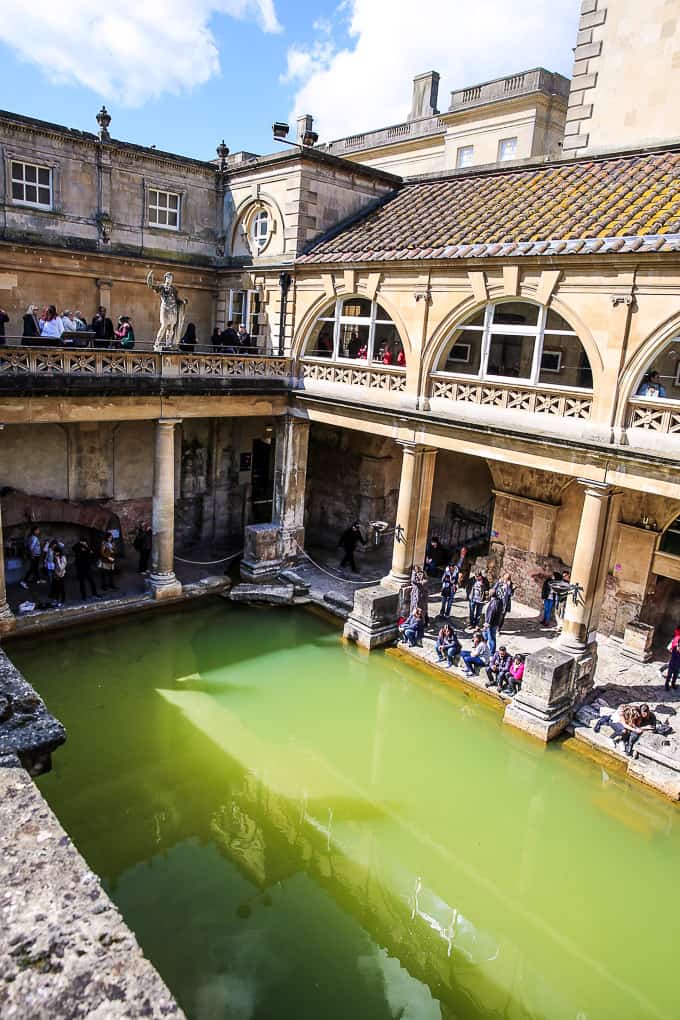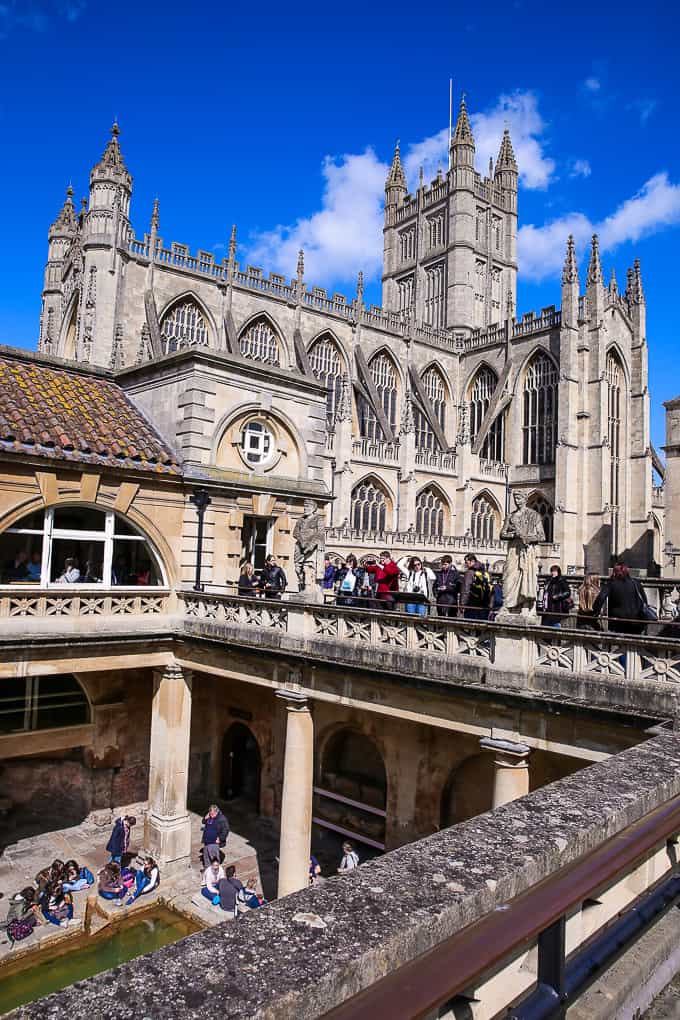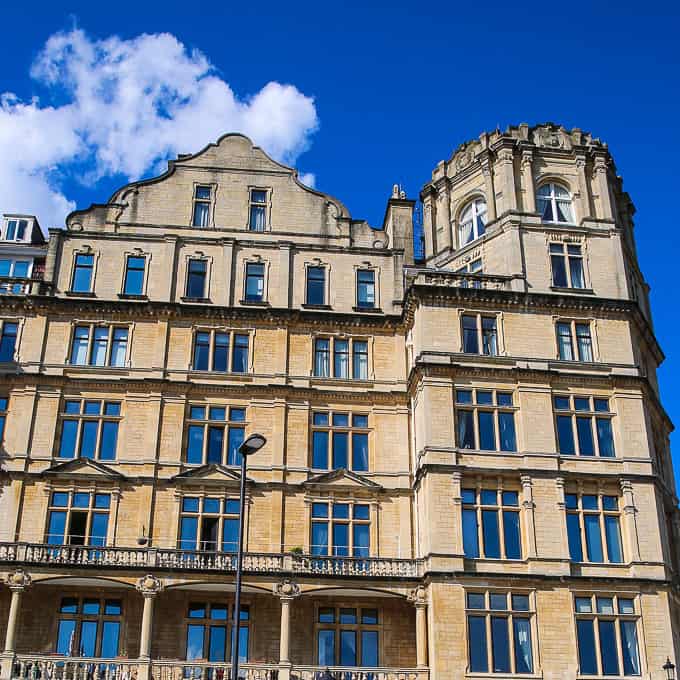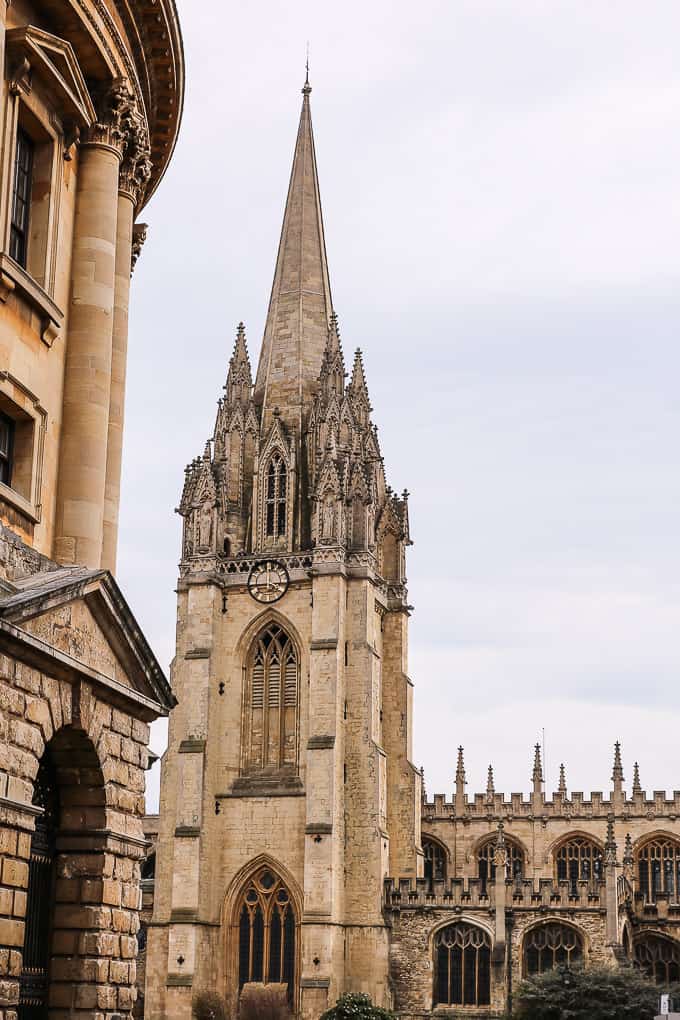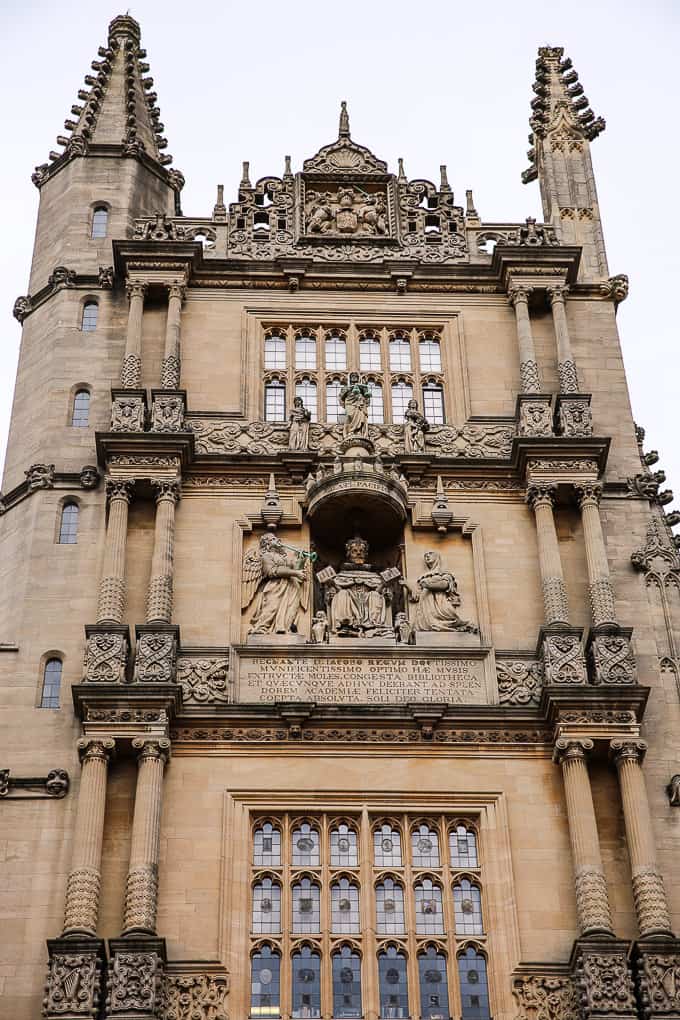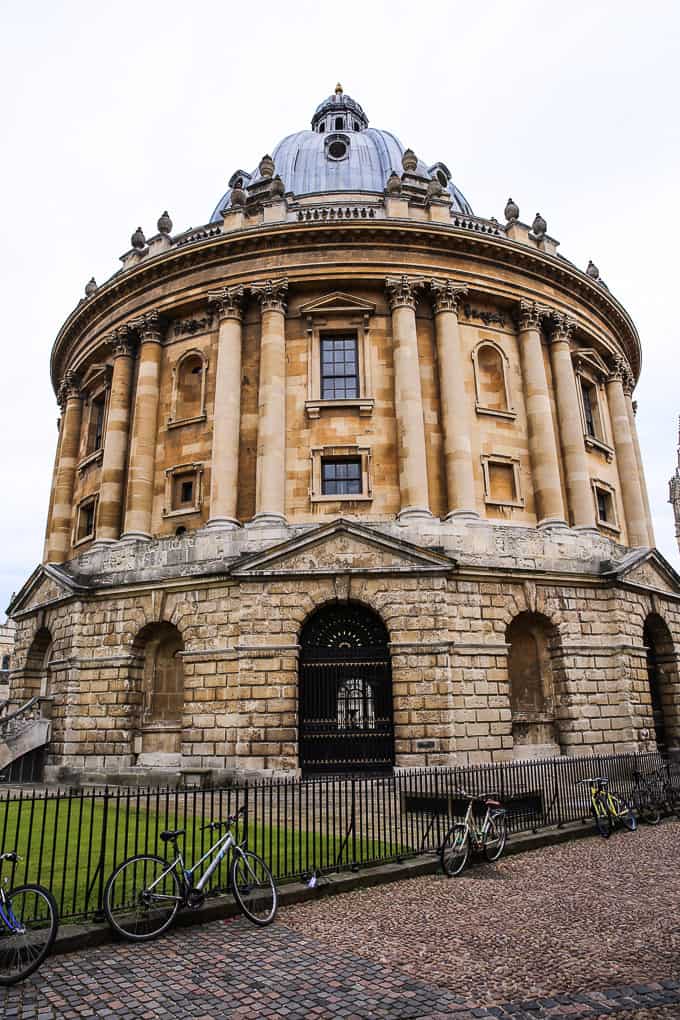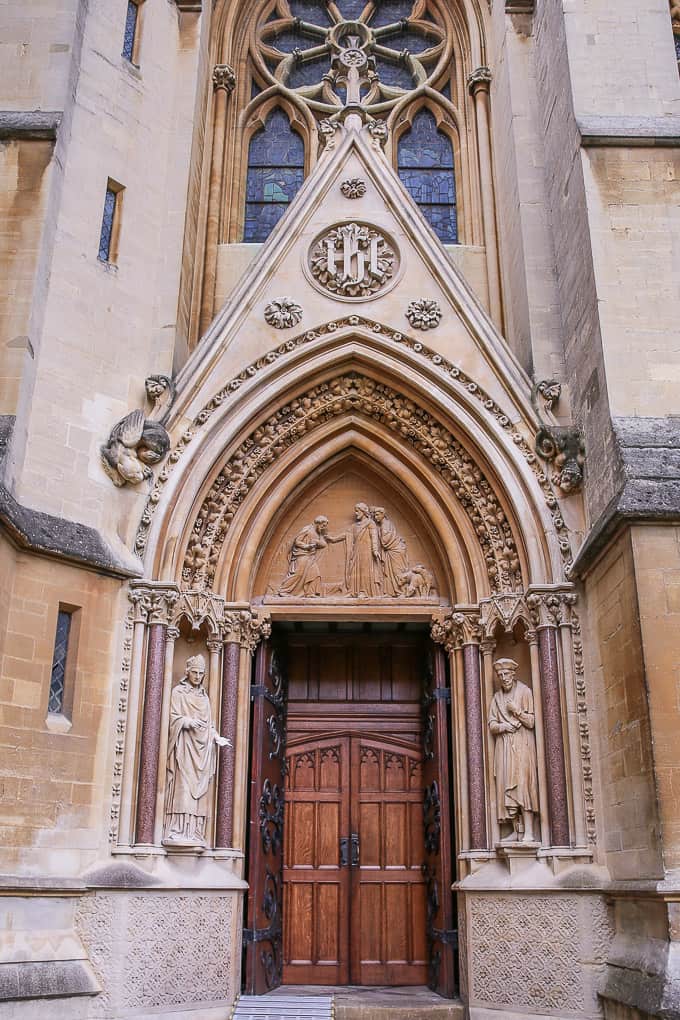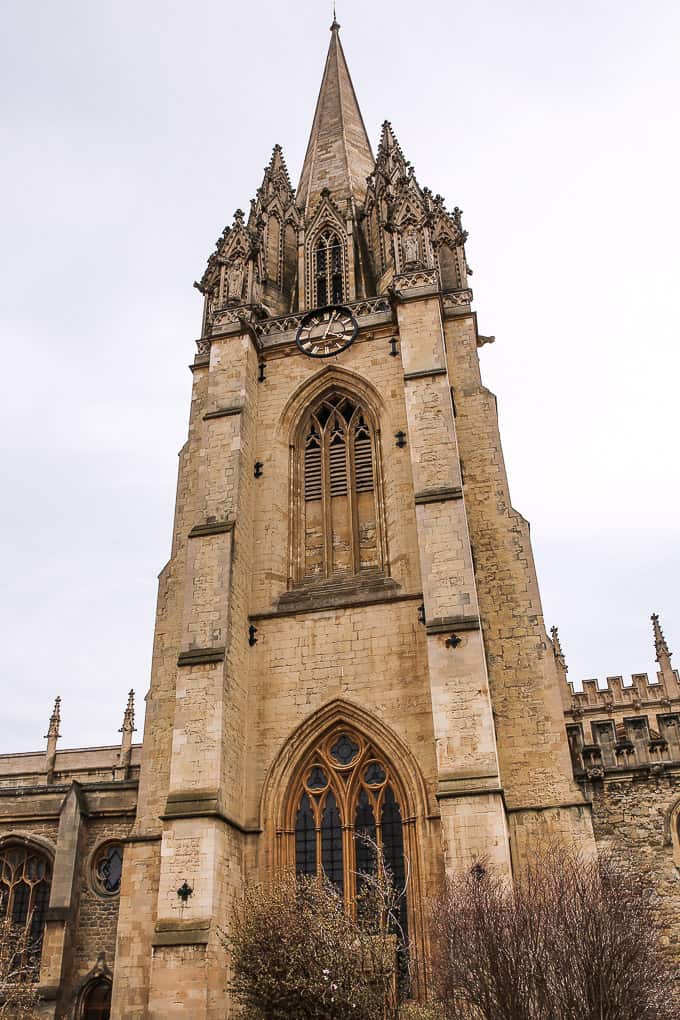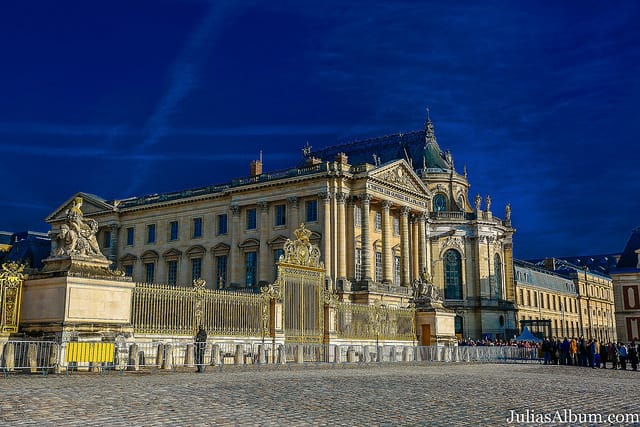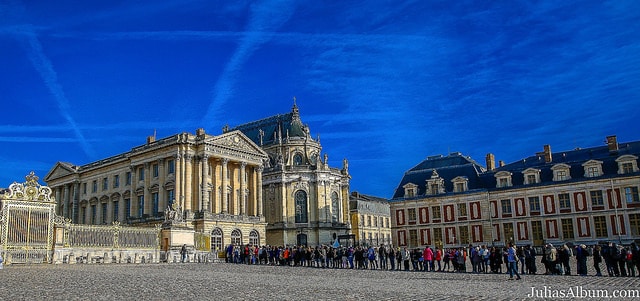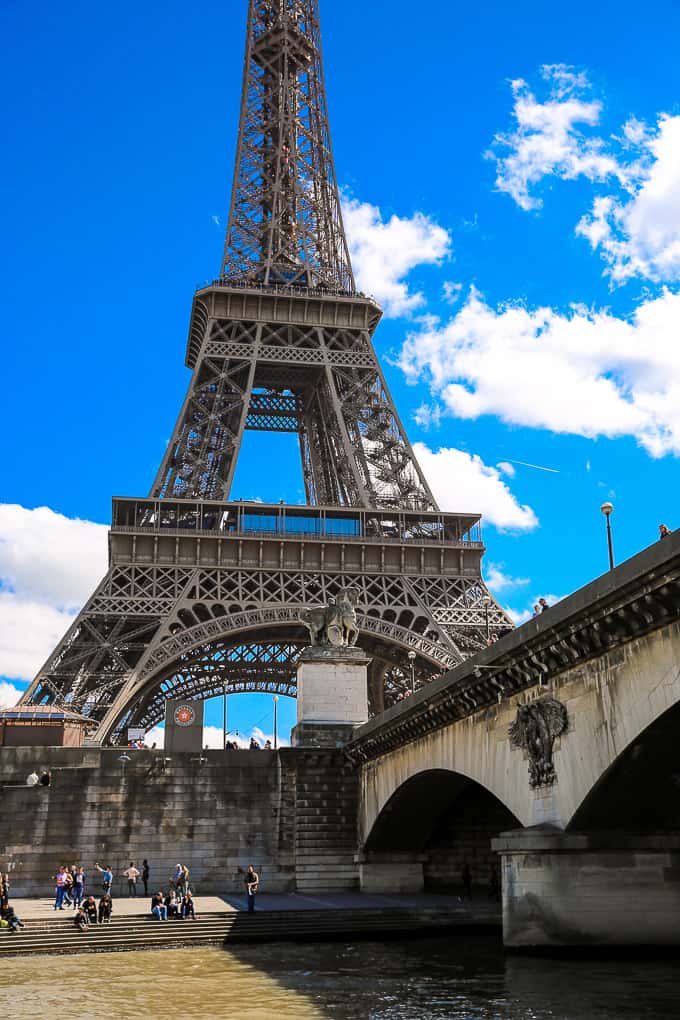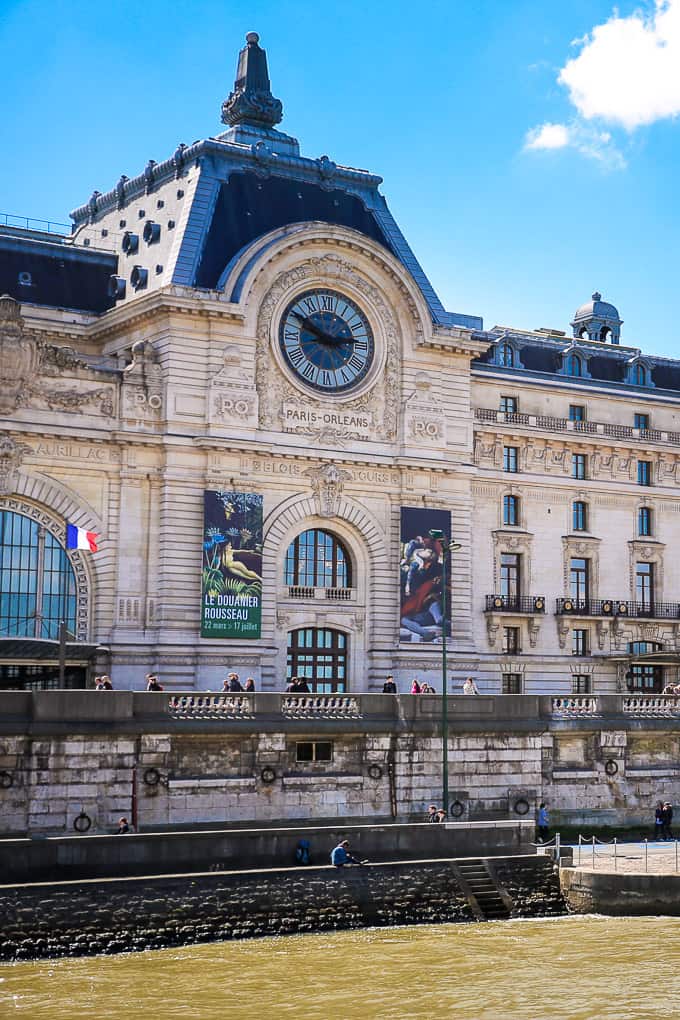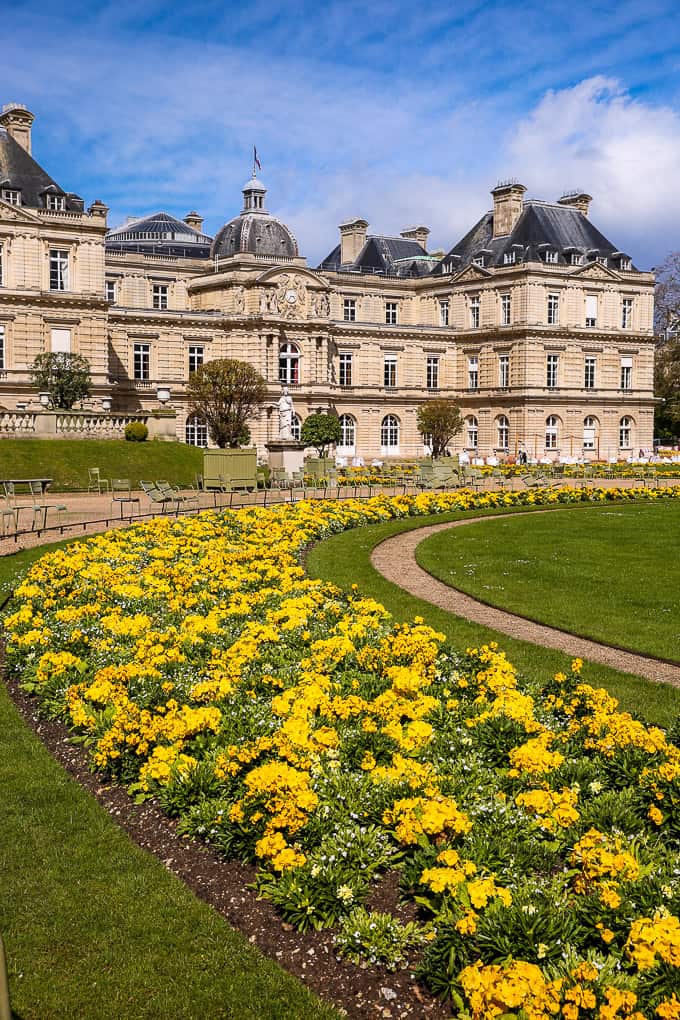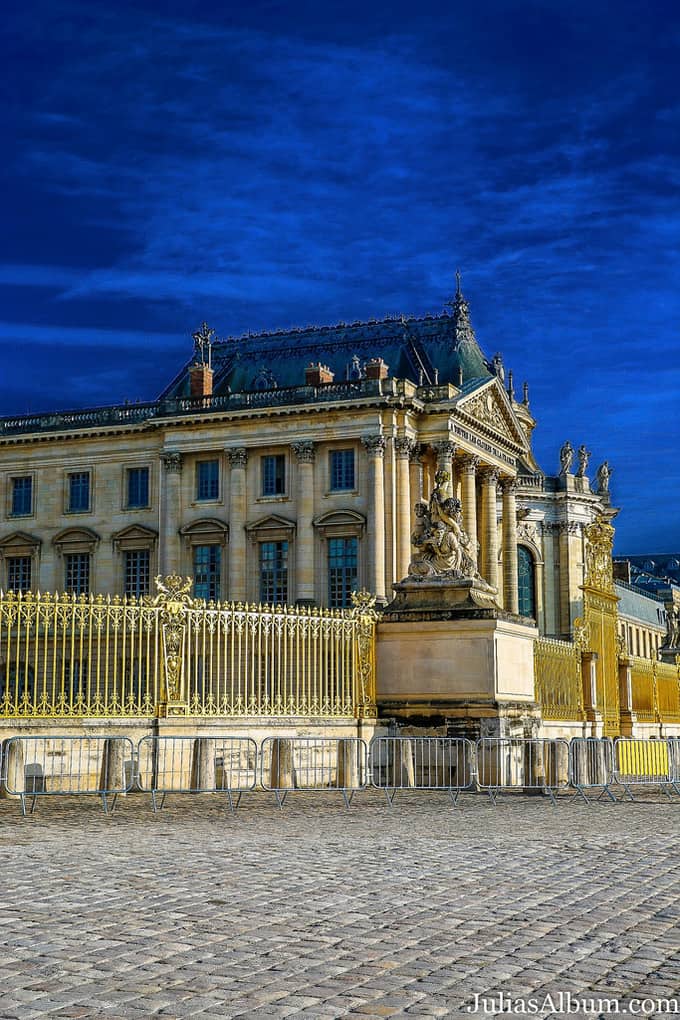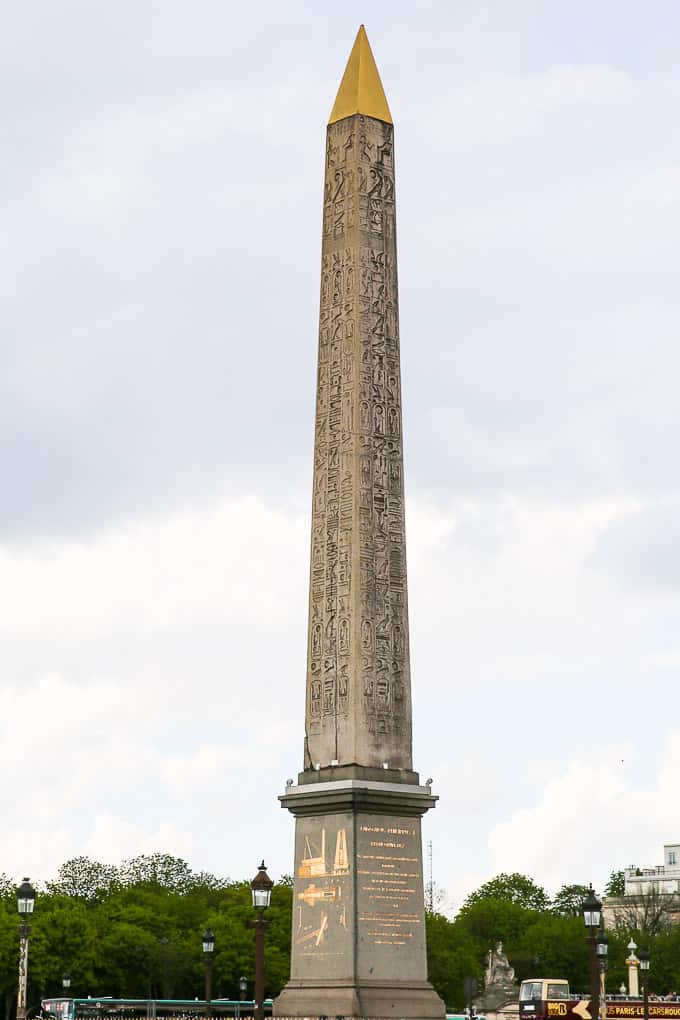London is home to some of the most recognizable buildings and structures in the world. Discover The 16 Most Famous Landmarks of London!

Big Ben, London
Famously situated on the River Thames, London is a popular tourist destination. It is also one of the most influential cities and one of the largest financial centers in the world!
London is home to 4 UNESCO World Heritage Sites:
- The Tower of London
- Palace of Westminster, Westminster Abbey, and St. Margaret’s Church
- Kew Gardens
- Maritime Greenwich – The ensemble of buildings at Greenwich that represent English art and science in the 17th and 18th centuries. The park includes the Old Royal Observatory that defines the Greenwich Mean Time.
The most iconic and recognizable landmarks of London range from centuries-old towers to modern constructions, such as the London Eye and The Shard! If you are in London on a sightseeing trip, these 16 most famous landmarks are a must-see!
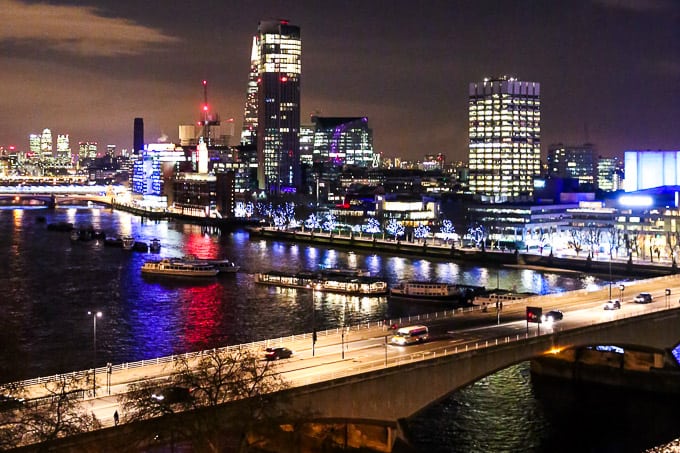
London at night
1. Big Ben
Big Ben is the name for the Great Bell of the Elizabeth Tower, located at the north end of the Palace of Westminster in London. Completed in 1859, the tower features neo-Gothic style. The tower is 315 feet tall.
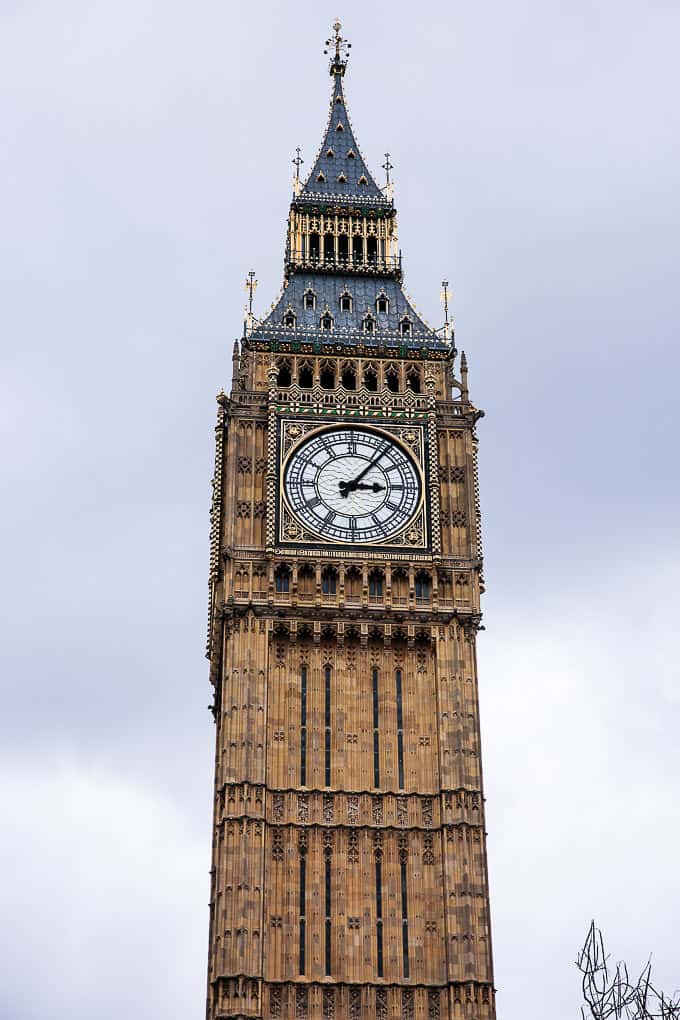
Big Ben, London
2. Westminster Abbey
Westminster Abbey is a Gothic abbey church in the City of Westminster in London. It is known for being the traditional place of coronation and burial site for English monarchs. The abbey was founded in 960 (over 1,000 years ago).
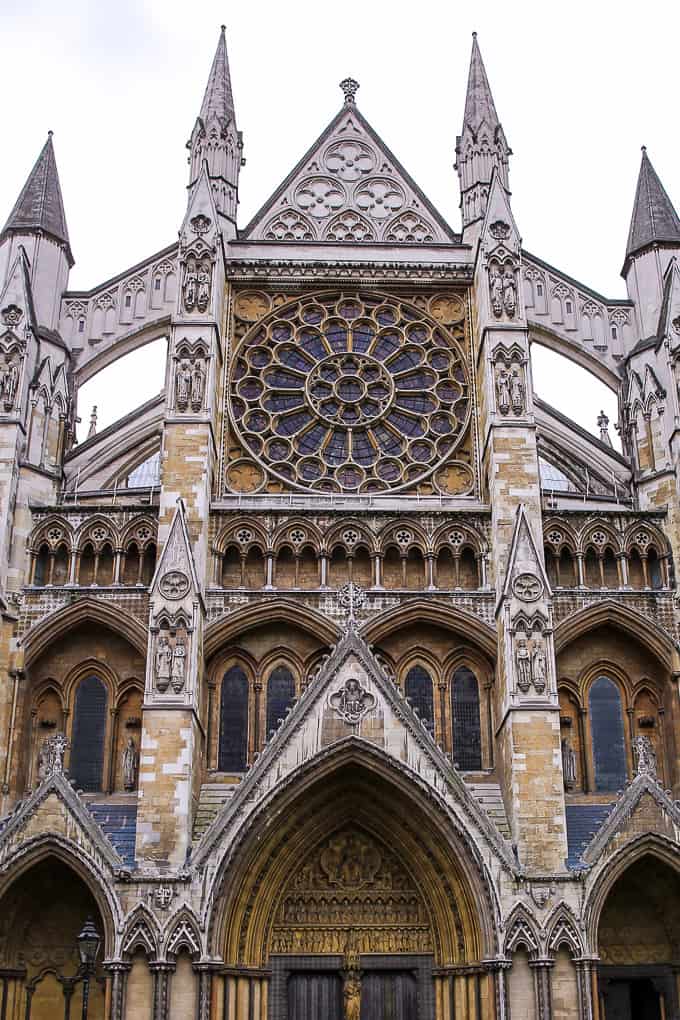
Westminster Abbey, London
3. Palace of Westminster
Palace of Westminster is the meeting place of the Parliament of the United Kingdom. It’s located on the north bank of the River Thames in the City of Westminster in London. The Palace was originally built in 1016 and rebuilt in 1840 – 1876.
Palace of Westminster, Westminster Abbey, and St Margaret’s Church are UNESCO World Heritage Site.
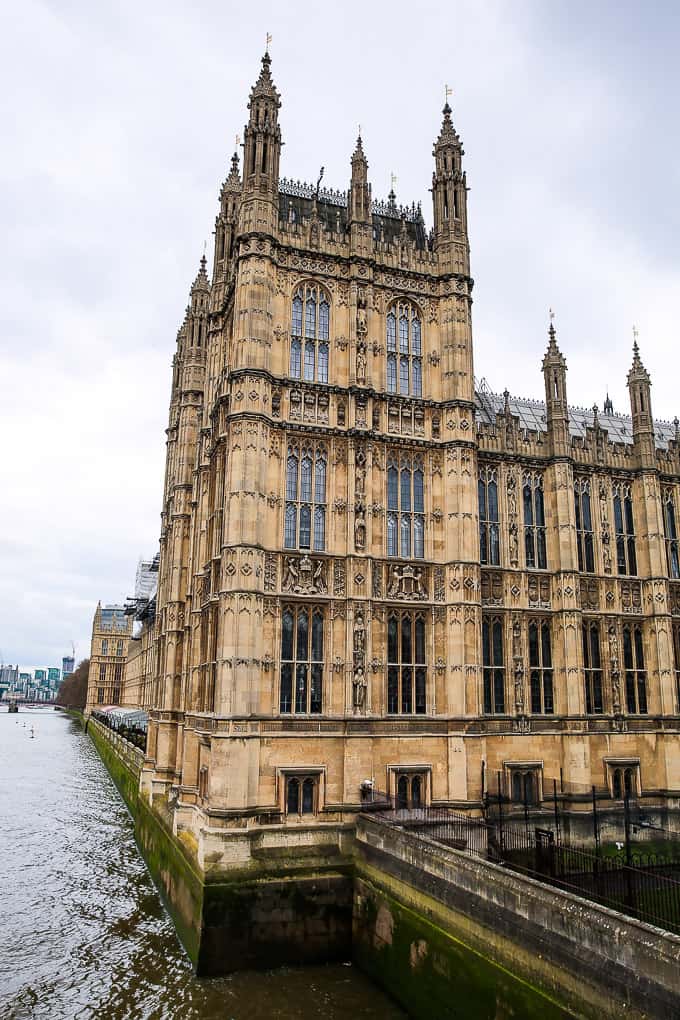
Palace of Westminster, London
4. St Margaret’s Church
St Margaret’s Church was founded in the 12th century by Benedictine monks.
The Palace of Westminster and Westminster Abbey, St Margaret’s Church are UNESCO World Heritage Site.
5. Victoria Tower
Victoria Tower is 98.5 meters tall and is located at the south-west end of the Palace of Westminster. The tower houses the Parliamentary Archives (which includes the records of the House of Lords and House of Commons dating back to 1497).
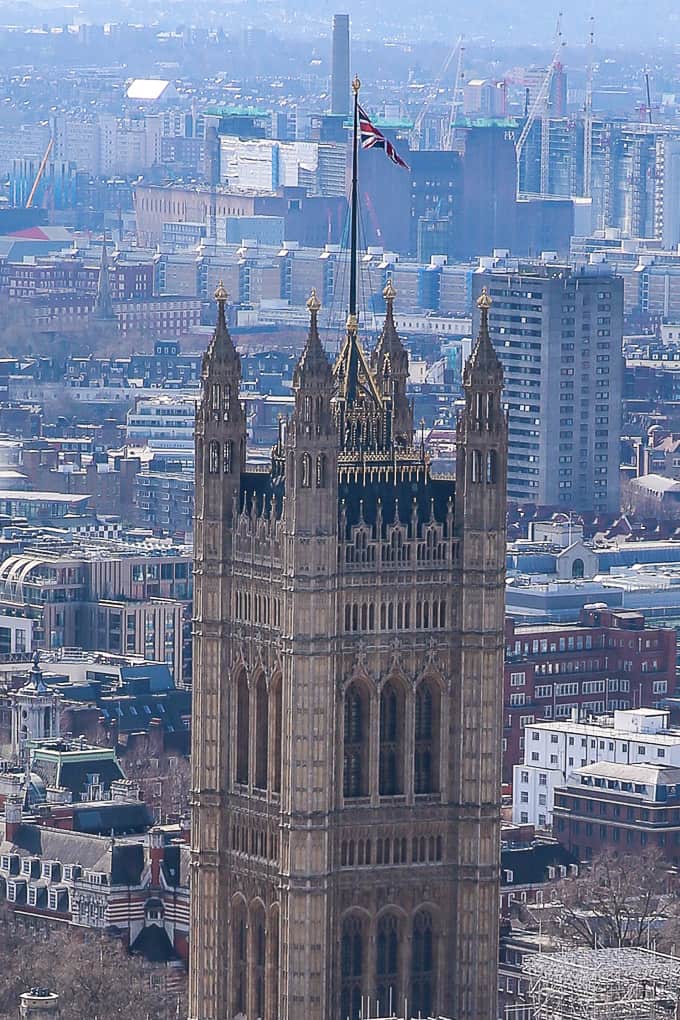
Victoria Tower, London
6. Buckingham Palace
Located in the City of Westminster, Buckingham Palace is the London residence and headquarters of the monarch of the UK.
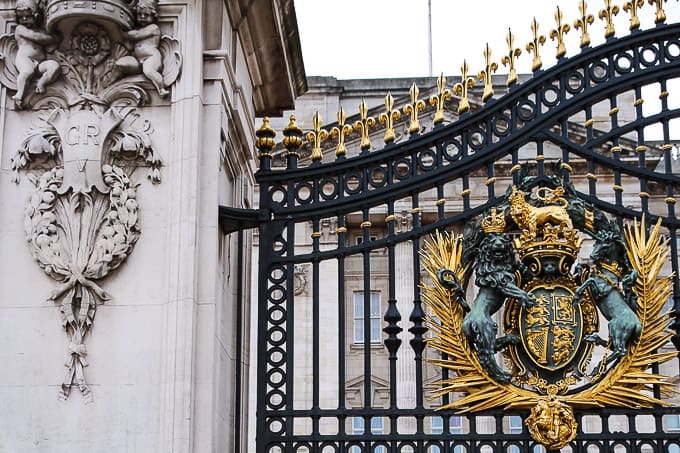
Buckingham Palace, London
7. Horse Guards Building
Built in the 18th century, Horse Guards is a beautiful historic building in the City of Westminster in London. The building served as military headquarters. Part of the building now houses the Household Cavalry Museum.
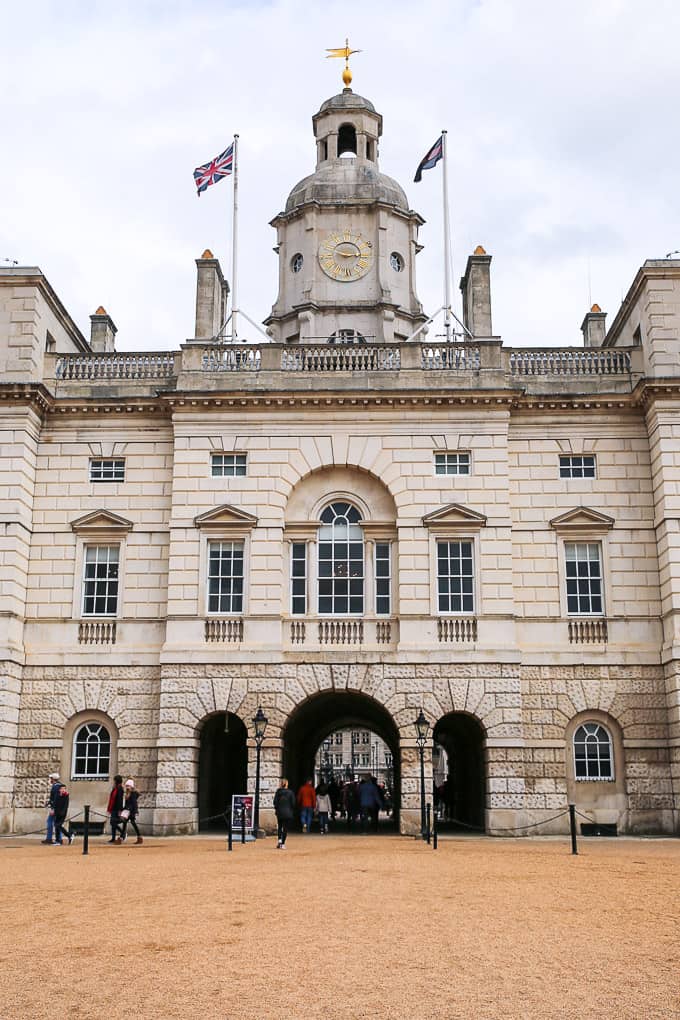
Horse Guards Building, London
8. London Eye
Located on the South Bank of the River Thames, The London Eye is the iconic observation wheel in London. The structure is 135 meters tall, with a diameter of 120 meters.
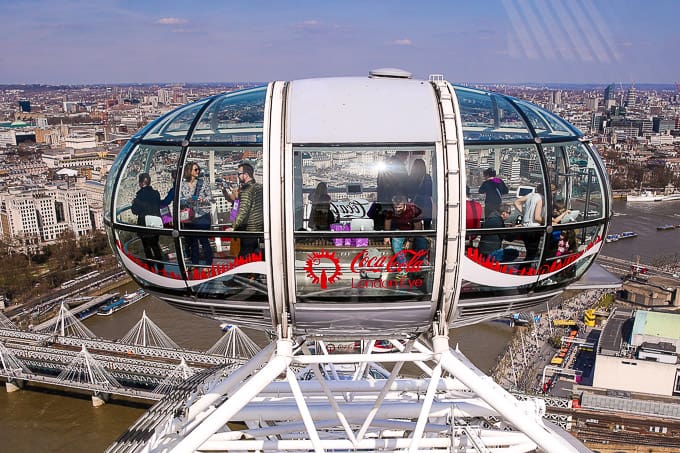
London Eye
9. Victoria Memorial
Dedicated to Queen Victoria, Victoria Memorial is located at the end of The Mall (road in the City of Westminster between Buckingham Palace and Trafalgar Square) in London.
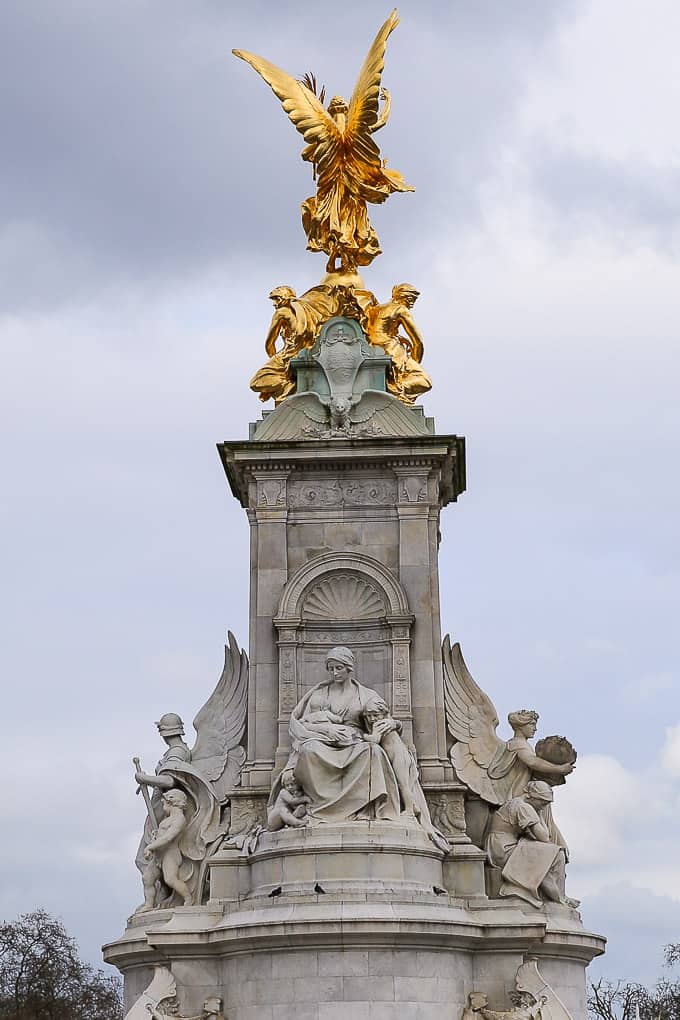
Victoria Memorial, London
10. River Thames
River Thames is another iconic symbol of London. The river is 215 miles long, and it flows through southern England including London, Oxford, Reading, Henley-on-Thames, and Windsor.
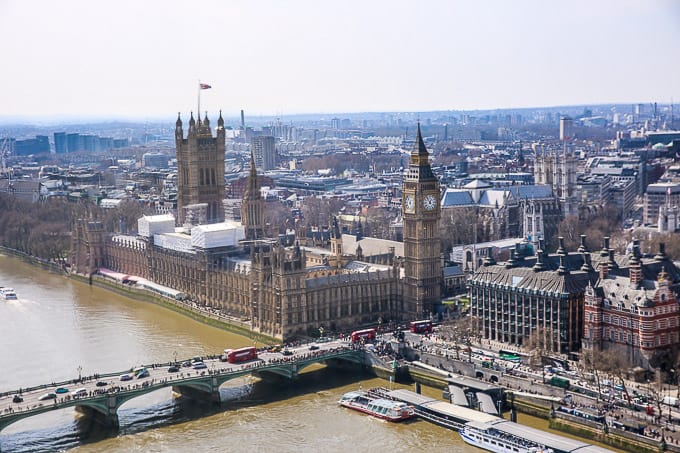
Big Ben, River Thames, London
11. Waterloo Bridge
Waterloo Bridge is a bridge crossing the River Thames in London. The name of the bridge refers to the victory of the British, Dutch and Prussians at the Battle of Waterloo in 1815.
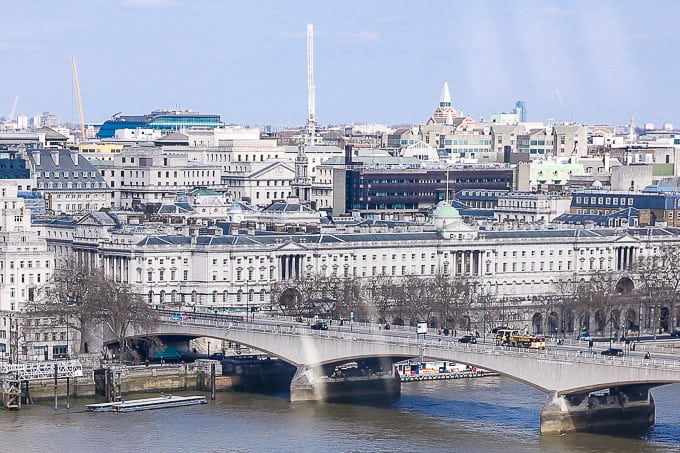
Waterloo Bridge, London
12. Savoy Hotel
Savoy Hotel in London is one of the most famous and iconic hotels in the world.
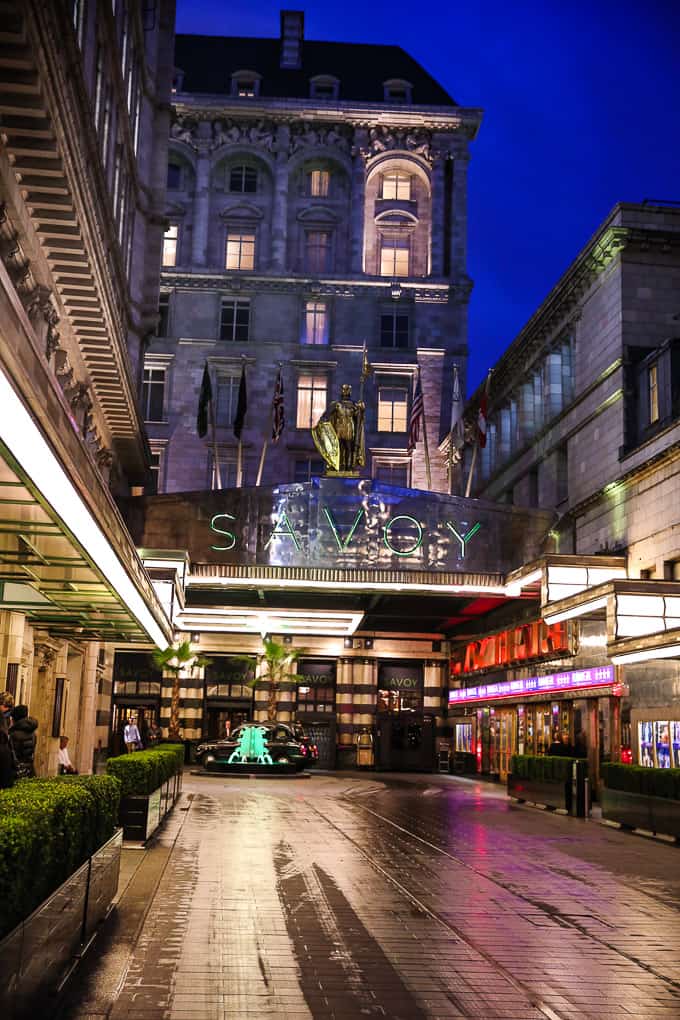
Savoy Hotel, London
13. The Tower of London
The Tower of London is a historic castle on the north bank of the River Thames in London. The tower dates back to the 11th century.
14. St Paul’s Cathedral
St Paul’s Cathedral is located on Ludgate Hill, at the highest point of the City of London. The cathedral features the English Baroque architectural style. St Paul’s Cathedral is the mother church of the Diocese of London.
15. Trafalgar Square
Trafalgar Square is a public square in the City of Westminster, London. Trafalgar Square has been an important and iconic location of numerous public events, including sports events, parades, annual celebrations, political events, etc.
16. The Shard
The Shard is a 95-story skyscraper in London. At 1,017 feet high, the Shard is the tallest building in the United Kingdom.
The post 16 Most Famous Landmarks in London appeared first on Julia's Album.
from Julia's Album https://juliasalbum.com/landmarks-london/
via IFTTT
